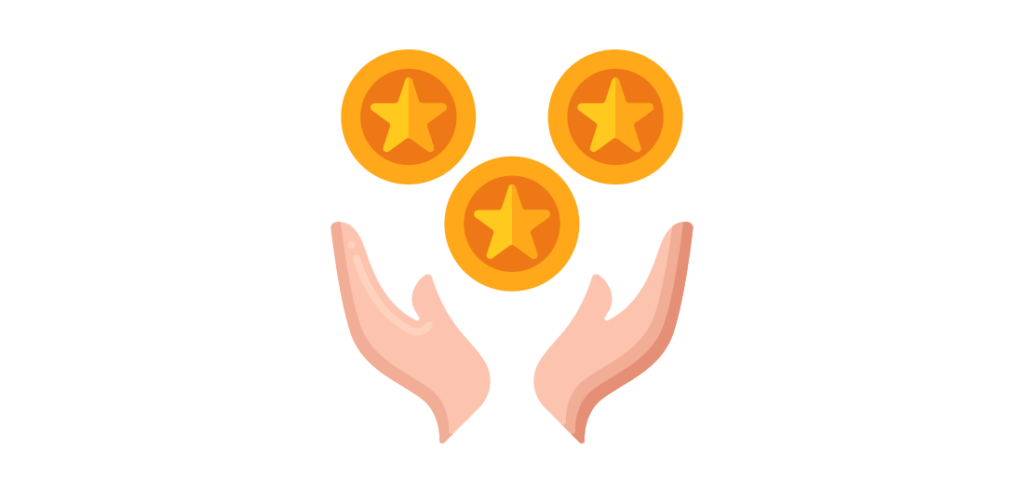The different gamification techniques
Resources
Gamification is the use and application of game mechanics and video game design elements to non game contexts to boost user engagement. It’s the modern digital tool for increasing productivity and getting the most out of people, be they employees, applicants, students, or target customers. Creating effective gamification experiences requires the appropriate grasp and understanding of the common gamification techniques. By gamification techniques, we’re really referring to the mechanics of a game, but specifically, how we manipulate and use them to achieve our desired outcomes and goals.
Some of what we’ll discuss in this article feature commonly in many gamification strategies, while others are less common, generally only being utilised for more sophisticated forms of gamified content, but all have their time and place, and all can be utilised to deliver positive benefits.
Below, we’ll summarise 7 primary game mechanics and their respective objectives, which can be used at different levels of your organisation to boost the motivation and engagement of your target audience to help towards different aims.
Reward systems

By interacting with the game, and making progress and performing desired actions, players get rewards. This can, when done appropriately, motivate users to continue progressing through the gamified experience, and continue the activity or task at hand, whether that’s a marketing experience, a training experience, or something else.
Rewards can take different forms and can also be real or virtual, however, they should always be adapted to the level of difficulty of the tasks performed. Much in the same way that the punishment should fit the crime, the reward should match the virtue.
For example, an instant win game could involve an enormous grand prize as a main reward, as well as many smaller rewards. It could really be as big or as little as you like as it exists in isolation. However, if you created a digital calendar of games, say, as an Advent Calendar to run through December, or in the build-up to some other holiday, and the instant win game comprised one day, or level of gamified content, the prize would have to be consistent with what was on offer the other days. Equally, if you could win prize A on the spin of a wheel, but prize B was won by achieving the highest score on a leaderboard, to make the reward system fair and cohesive, prize B would need to be an objectively more impressive reward.
Points
Points are one of the most recurrent and important elements in any gamification project. They are in-game rewards given to the user for performing tasks and interacting with the game. In addition, points play an essential role in determining the player’s level and position in the game, also functioning as a progress bar. They are very useful in e-learning and learning in serious games, as they push the user to excel in order to get more and more points.
Similarly to rewards being appropriate to the difficulty of the game played to win them, when used in a multi-level game that aggregates points at the end, the games should be weighted in a way that fairly rewards effort. When creating a multi-level game on Drimify, we have guidelines on how to weight each game in your multi-level experience to deliver a satisfying and fair user experience (UX).
Badges
Badges are another form of in game reward. These can be more specific than points, for example, if a user completes a weekly challenge in a gamified app, they’ll receive a digital badge to recognise it, or if they use a different functionality within a gamified app, a digital badge can be awarded to motivate users to explore further functionalities within the app.
Competitive elements

The participants in the gamified project are usually numerous, so competition will naturally arise between players. Who wants to be a loser? Nobody. Who wants to be a winner? Everybody.
The main objective if you are introducing competitive elements into a game, either by introducing a player ranking or a leaderboard, is to encourage healthy and positive competition in order to make the players progress, and encourage them to surpass themselves. The principle is the same as can be applied across all sports: iron sharpens iron, and to compete against others will always get competitors to get the most out of themselves.
Player Ranking
Ranking lists the players relative to their progress in the game. It is a technique that compares the number of points earned by each player in order to foster competition. This gamification technique greatly enhances the individual motivation of a player to maintain their ranking, or progress in order to surpass other players.
Levels
There are two types of levels. The game levels: the level of the game according to the order in which you progress through different steps, and the player level: the level of each player according to their skills, their activity in the game, and their experience in the game.
The different levels of the game should be designed to be interesting and fun enough to keep the player engaged, but customised to deliver increasing difficulty, so that they are not frustrated or bored, so as to stop play and stop the experience.
Other essential gamification elements
Direct feedback
Feedback refers to the information provided by the game to players based on their progress in the game. The feedback can be informative, indicating a player’s performance, such as in a customised Quiz as part of a corporate training programme, but it can also be directional, guiding the players through a level or a task.
Storytelling
Storytelling is one of the most important and effective game creation techniques. It is implemented by linking tasks and challenges to a series of narrative events. Stories then become very effective communication channels to guide players towards the goals they are playing for and to engage them emotionally.
In the same way that modern video games are starting to be recognised for powerful storytelling mediums, potentially as valid as cinema and the novel, you should think of your customised gamified media as a medium through which to tell the story of your brand, or your company, or your products and services. You pre-determine the narrative when it comes to gamification, and use back-office tools to identify areas for improvement in the user experience (UX).
Social factors
Social factors are one of the fundamental aspects to be included in any gamified system. There are dozens of social techniques and features that can be integrated in games, such as forums, chat rooms, teams, comments, sharing on social networks, and many others. The aim of these factors is to bring together communities of players online to create more collective engagement.
Choose the gamification techniques that will meet your objectives
Remember, you’re using gamification to serve a purpose: be that to market a product to a customer, or engage your staff in training or work processes. The purpose comes first, the gamification is yours to manipulate to serve that purpose. Don’t overcomplicate the end product. If you decide to combine several gamification techniques together, the combination must make sense, be appropriate, and result in an intuitive experience to be fully effective.
By using these gamification techniques in your marketing strategy, you will improve your capacity for audience engagement, and be better equipped to promote your content, products, and services, and your brand image to customers. By implementing these techniques in your internal HR strategy, you will be better equipped to shorten the hiring cycle, more effectively onboard new employees, and find you’re able to deliver more labour-efficient and effective corporate training.
Want to know more?





